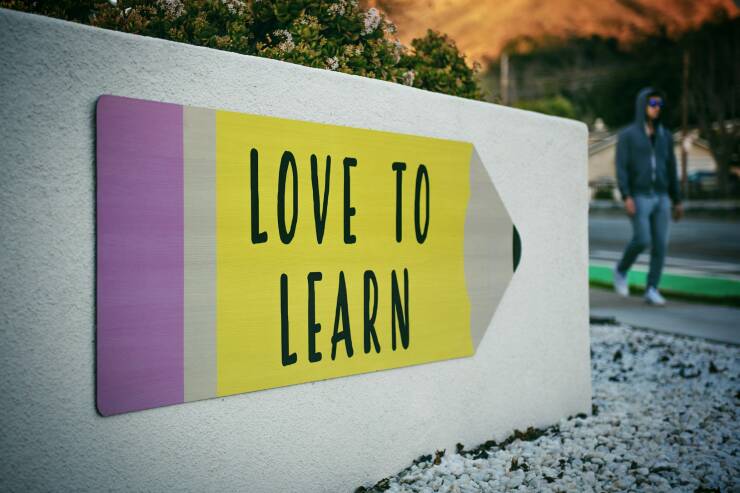
Education has always been the cornerstone of personal and societal growth, traditionally supported by extensive academic texts and scholarly papers. These conventional tools, known for their authoritative and comprehensive content, have shaped the intellectual fabric of generations. However, as we move deeper into the digital age, the modalities through which knowledge is disseminated are dramatically transforming, making way for more interactive and engaging formats.
The Rise of Digital Media in Education
In the last few decades, digital media has revolutionized the educational landscape, shifting from static to dynamic forms of learning. This transformation is driven by the integration of digital technologies that not only complement traditional educational resources but, in some cases, replace them entirely with more interactive alternatives. Key developments include:
- Videos: Platforms such as Khan Academy and TED-Ed exemplify the use of educational videos, which break down complex topics into digestible, engaging content. These resources make learning more accessible and often more appealing to visual and auditory learners.
- Interactive Websites: These web-based platforms engage students through interactive tasks, quizzes, and games that make learning active rather than passive. Sites like Quizlet and interactive modules found on educational portals like the BBC’s Bitesize offer customized experiences that cater to the diverse learning paces and styles of students.
- Educational Software and Apps: Tools like Duolingo for language learning or Codecademy for programming provide structured, interactive learning experiences that are self-paced and user-driven. These applications use gamification to motivate and enhance retention rates among learners.
Integration of Entertainment and Learning
The fusion of entertainment and learning, often referred to as edutainment, has become a pivotal element of modern educational strategies. This approach effectively uses the engaging elements of entertainment to make educational content more relatable and enjoyable:
- YouTube as an Educational Tool: Educational channels on YouTube such as CrashCourse or AsapSCIENCE utilize engaging narratives, humor, and high-quality visuals to tackle complex subjects in a manner that is easy to understand and entertaining.
- Memes and GIFs: With the rise of social media, memes and GIFs have become powerful tools for summarizing and revising academic content. They offer a way to present information in a succinct and humorous format, making it easier for students to remember and recall.